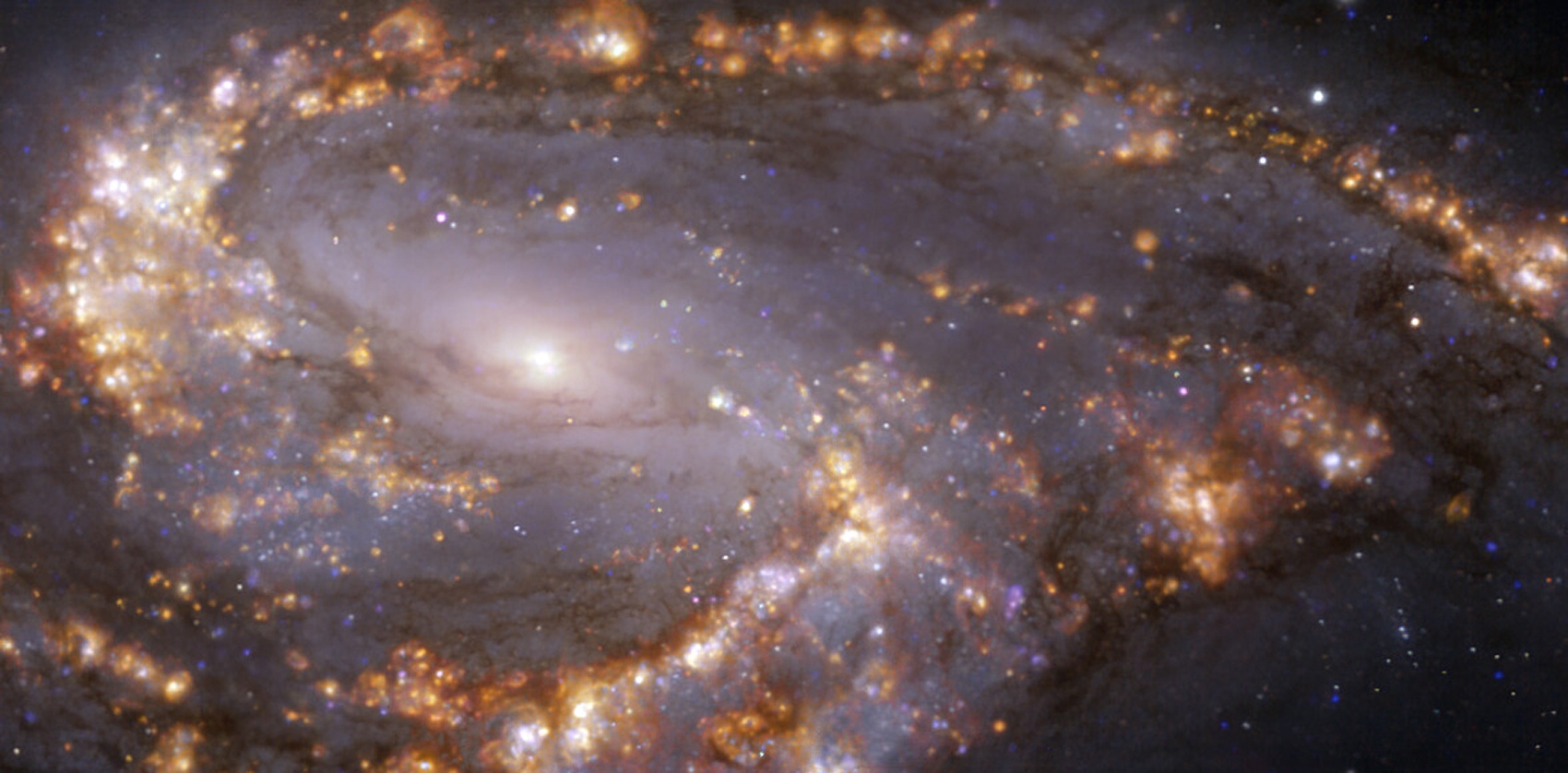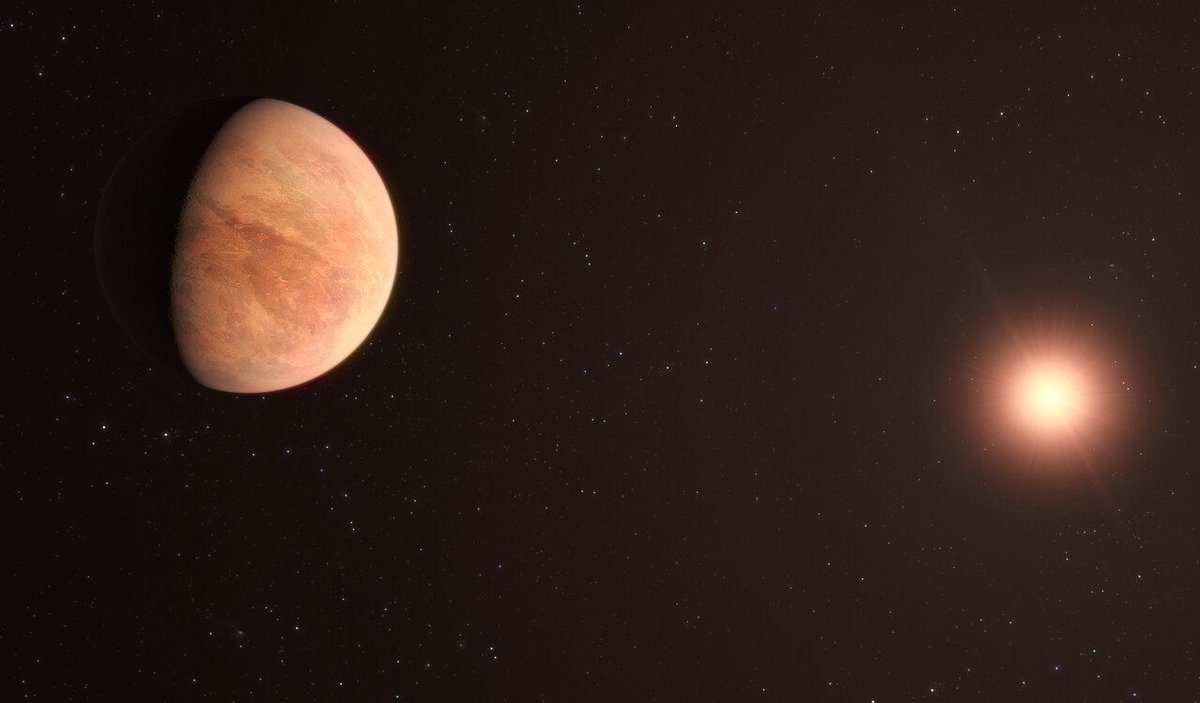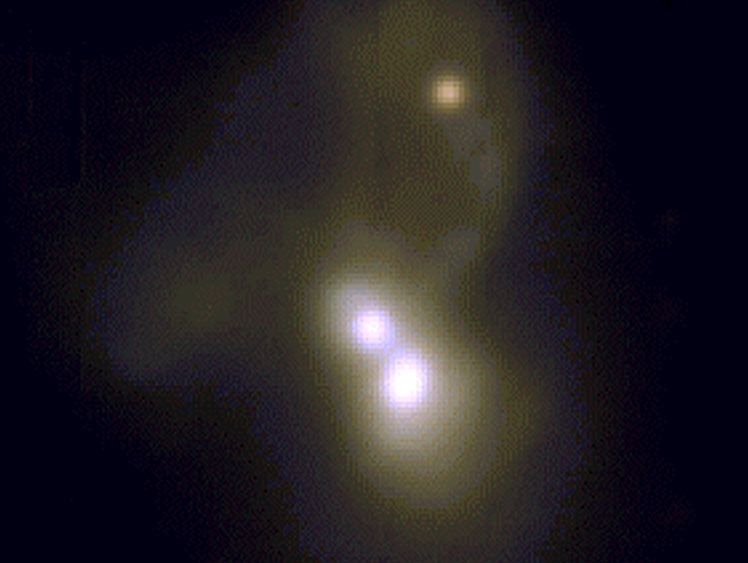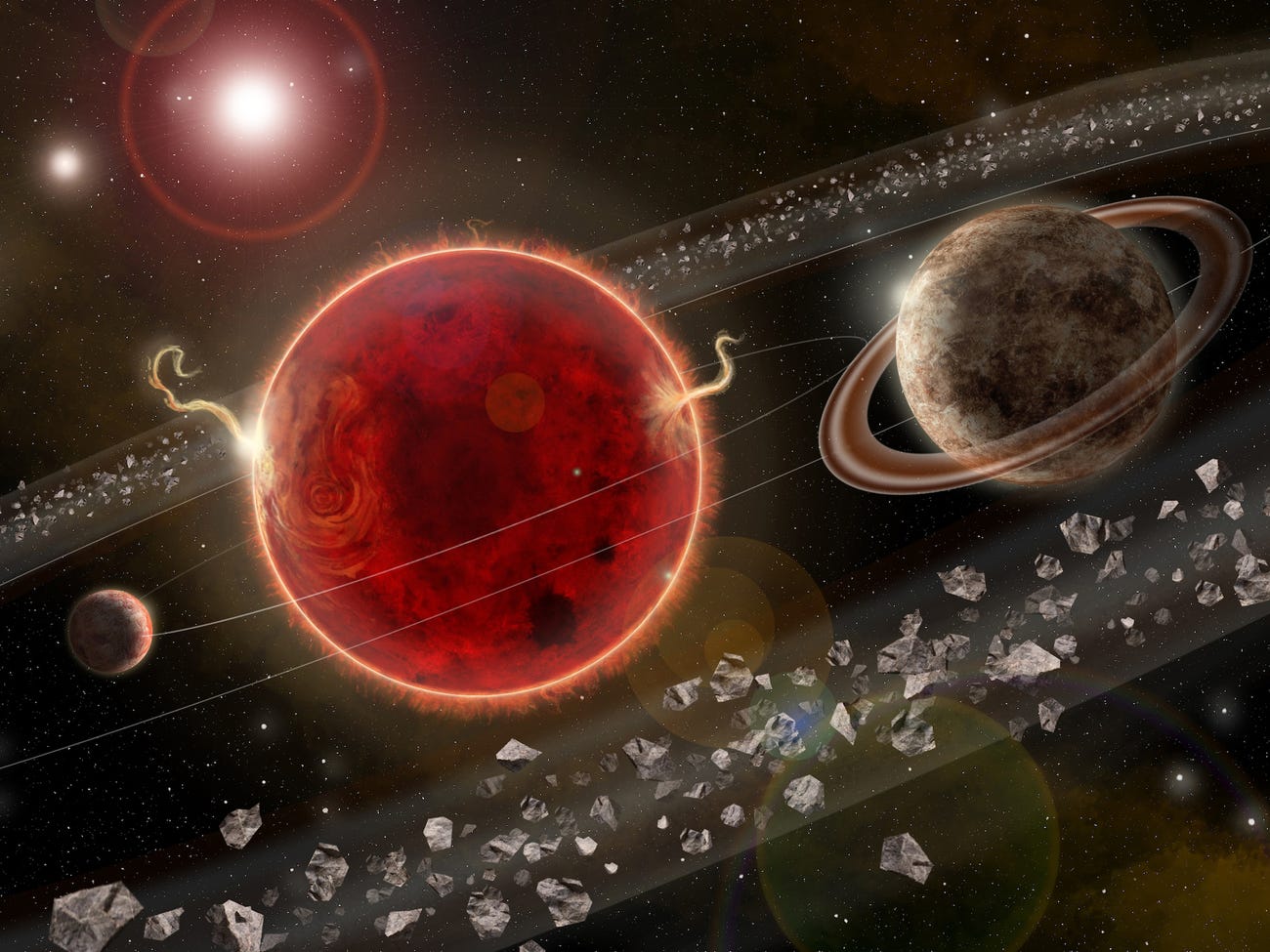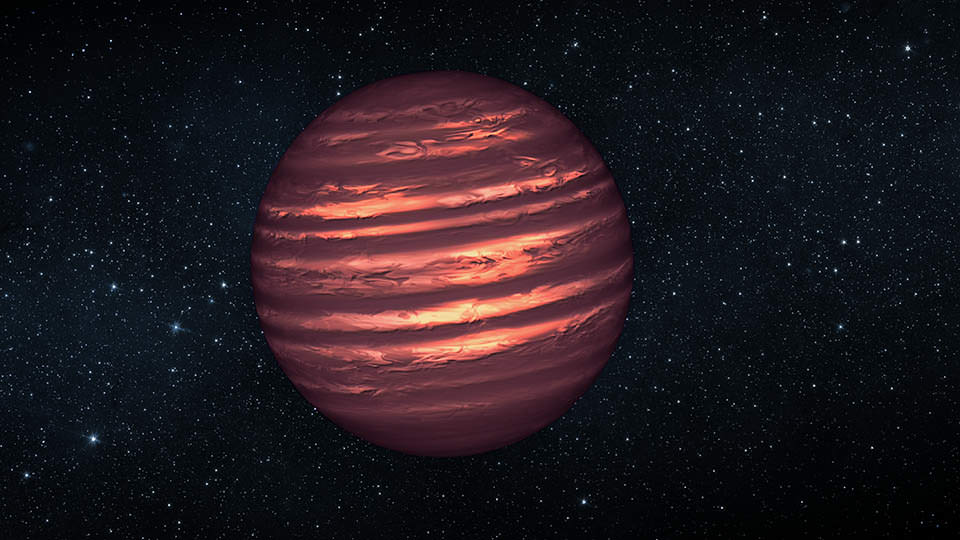I’d never seen galaxy images like this before. Nobody had! These images highlight star forming regions in nearby(ish) galaxies. There are still a number of unanswered questions surrounding how star formation actually occurs. To answer those questions, we are observing galaxies that are actively forming stars within giant clouds of gas. Until recently, we didn’t have the resolution needed to clearly image the individual gas clouds themselves. But images released by a project called PHANGS (Physics at High Angular resolution in Nearby GalaxieS) in a collaboration between the European Southern Observatory Very Large Telescope and the Atacama Large millimeter/submillmeter Array (ALMA) have provided never before seen detail of star forming clouds in other galaxies.


